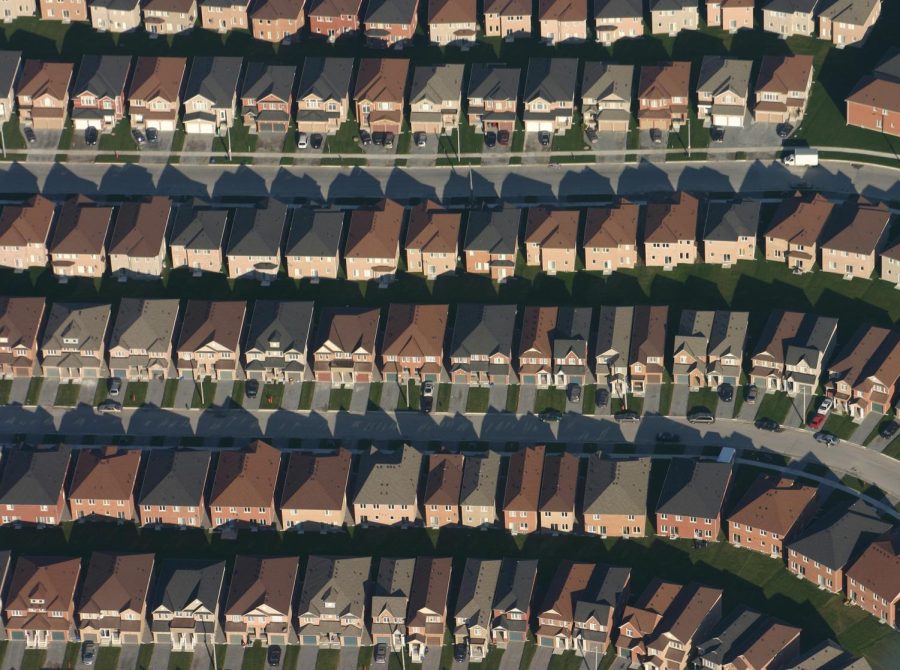Living All-Electric
Shadow Mountain is not the latest rollercoaster, but rather the newest community of entirely electric homes launched in California.
Upon reading the phrase “using their car to charge their house,” it sounds like something reminiscent of Ray Bradbury’s The Veldt. Bradbury’s tale describes a self-automated house and a family whose dependence on technology leads to their destruction. Ominous right?
According to the New York Times, this is now an option for few homeowners during a blackout. That is if they choose to reside in Durango at Shadow Mountain, a new collection of homes in Riverside County boasting green suburban living through an entirely electric community.
Published originally in the Saturday Evening Post in 1950, Bradbury’s vision has come to life over half a century later… but hopefully without the murderous functions of his fictional abode.
Mina Kim ‘24 says, “All-electric communities sound like a promising first step to slowing climate change, but it’s also kind of daunting. It’s such a large-scale change that not everyone might be ready for. The only thing really electric that’s been well integrated into our lives would probably be cars and even that was quite recent. So to think that an entire community can be run that way just means technology is developing pretty quickly.”
Described as the “first all-electric, solar, and battery powered” microgrid community in the state of California by KB Homes, Durango hosts 200 houses equipped with tons of technology. 141 homes are being built also in the same city of Menifee, but the section will be called Oak Shade at Shadow Mountain. The microgrid allows communities to be self-supporting in terms of energy and eliminates a reliance on California’s grid.
The Riverside county smart neighborhood homes are priced at around $519,990to $577,990, but the federal government provided $6.65 million for the testing and development of the microgrid project.
KB Homes has partnered with the U.S. Department of Energy, UC Irvine, SunPower, Schneider Electric, and Kia, along with other companies. In a list curated by Electrek, KB’s partnerships allows each home to be fitted with: a SunPower Equinox solar system, a 13 kWh SunVault battery storage, a Rheem® ProTerra® hybrid electric heat pump water heater, a Carrier® high-efficiency two stage heat pump, as well as a Schneider Electric D Energy Center Smart Panel.
However, these microgrid home communities are not the first in America. There are two already existing communities, called Smart Neighborhoods, in Alabama and Georgia– Reynold’s Landing and the Altus neighborhood respectively. These uber-electric homes have reportedly used 42% to 44% less energy than an average home.
Designed to lower energy consumption, the houses also include a feature to sell excess energy collected by the house or to simply store it. The SunPower solar system allows the house to regulate the energy system while owners are sleeping or not home through controlling various appliances. This ultimately maximizes the amount of energy used and prevents the use for natural gas power plants during the nighttime when solar panels are unreliable.
“I think all-electric communities are a great idea in theory, and definitely a step in the right direction. But while it fixes a lot of the current issues we have surrounding climate change, it’s definitely going to lead to new problems in the future, like the sketchy ways companies go about getting the lithium for the batteries that are required to power these communities,” says Cate Necessary ‘24.
Although it is clear that the Riverside country homes will not attack their new owners, the looming threat of climate change is still relevant, real, and most certainly not out of reach. Reducing our carbon footprint with the help of electricity appears promising, but the world’s increasing dependence on technology to solve our problems is not something to be overlooked.

